Κείμενο
Κάποιοι ερευνητές αποφάσισαν να κάνουν ένα πείραμα. Συγκέντρωσαν σε μία αίθουσα μερικές εκατοντάδες άτομα και τους έδωσαν ένα χαρτί και ένα μολύβι. Μετά τους ζήτησαν να γράψουν πάνω στο χαρτί τα δύο τελευταία ψηφία του ΑΜΚΑ τους. Αφού όλοι έγραψαν τα δύο τελευταία ψηφία του ΑΜΚΑ τους, άλλος 15, άλλος 43 άλλος 87 και τα λοιπά τους ζητήθηκε να κοστολογήσουν ένα κρασί που δεν είχαν ξαναδεί στη ζωή τους. Τους έδειξαν δηλαδή ένα μπουκάλι κρασί και του ζήτησαν να γράψουν στο χαρτί πόσο πιστεύουν ότι κοστίζει. Στη συνέχεια μάζεψαν τα χαρτιά και τα χώρισαν σε 2 ομάδες. Αυτά που τα δύο τελευταία ψηφία του ΑΜΚΑ ήταν από 0 μέχρι 49 και αυτά που τα δύο τελευταία ψηφία ήταν από 50 μέχρι 99. Αφού το έκαναν αυτό έβγαλαν το μέσο όρο της κοστολόγησης του κρασιού από τα άτομα που είχαν μικρό ΑΜΚΑ, δηλαδή μέχρι 49 και το σύγκριναν με το μέσο όρο των ατόμων που είχαν μεγάλο ΑΜΚΑ, δηλαδή μέχρι 99. Αυτό που ανακάλυψαν ήταν ότι η ομάδα των ατόμων που είχε μεγάλο ΑΜΚΑ κοστολόγησε το κρασί ακριβότερα από την ομάδα που είχε μικρό ΑΜΚΑ. Αυτό σημαίνει ότι γράφοντας ένα νούμερο χαμηλό ή υψηλό επηρεάζει στη συνέχεια την κοστολόγηση ενός κρασιού για την οποία κανένας δεν ξέρει την πραγματική του τιμή. Οι ερευνητές προβληματίστηκαν με τα αποτελέσματα. Αναρωτήθηκαν τι σχέση να έχουν τα τελευταία δύο ψηφία του ΑΜΚΑ με το πόσο κοστολογούμε ένα κρασί που δεν ξέρουμε την τιμή του. Έτσι αποφάσισαν να ξανακάνουν το πείραμα, αλλά αυτή τη φορά εξήγησαν στους συμμετέχοντες ούτε τα τελευταία δύο ψηφία του ΑΜΚΑ δεν έχουν καμία σχέση με την τιμή του κρασιού. Τα αποτελέσματα όμως ήταν και πάλι τα ίδια. Η ομάδα με το υψηλό ΑΜΚΑ κοστολόγησε το κρασί και πάλι ακριβότερα. Σοκαρισμένοι, πλέον οι ερευνητές, αποφάσισαν να επαναλάβουν το πείραμα, αλλά αυτή τη φορά να ενημερώσουν τους συμμετέχοντες για τα αποτελέσματα των προηγούμενων δύο μελετών. Τους είπαν ότι τα άτομα που έχουν υψηλό ΑΜΚΑ είχαν κοστολογήσει το κρασί τις προηγούμενες δύο φορές ακριβότερα. Δηλαδή, τους προειδοποίησαν για αυτό το λάθος που έγινε τις

προηγούμενες δύο φορές ώστε να το αποφύγουν. Στη συνέχεια επανέλαβαν το πείραμα με τον ίδιο ακριβώς τρόπο. Τα αποτελέσματα ήταν για άλλη μία φορά ακριβώς τα ίδια. Οι ερευνητές απελπίστηκαν. Αυτό που ανακάλυψαν όμως ήταν άλλη μία πλάνη ή προκατάληψη που μαστίζει το νου μας και μας οδηγεί σε λάθος αποφάσεις και σκέψεις, που ονομάζονται νοητικές προκαταλήψεις ή πλάνες. Αυτό που επίσης επιβεβαίωσαν, ήταν ότι ακόμα και όταν γνωρίζουμε την ίδια την πλάνη ή την προκατάληψη είναι πολύ δύσκολο να την αποφύγουμε. Πρόκειται για νοητικές συντομεύσεις που κάνει ο εγκέφαλός μας για να λειτουργεί πιο γρήγορα και να αντέχει τον άπειρο φόρτο πληροφοριών που είναι υποχρεωμένος να εξετάζει κάθε δευτερόλεπτο. Είναι κάτι σαν να ξεκινάς να πας με το αυτοκίνητο στο φίλο σου και χωρίς να τα καταλάβεις να ακολουθείς την ίδια διαδρομή που πάει στη δουλειά σου, και μόνο αφού έχεις πάρει μερικές λάθος στροφές να συνειδητοποιείς ότι πας λάθος. Ή σαν κάποιες οπτικές πλάνες, όπως αυτή που βλέπετε τώρα που οι δύο γραμμές είναι ακριβώς ίδιες σε μήκος, αλλά σας φαίνεται ότι η μία είναι πιο κοντή. Ακόμα και όταν γνωρίζεται ότι οι γραμμές έχουν το ίδιο μήκος, σας φαίνεται ότι η μία είναι πιο κοντή. Αυτές οι συντομεύσεις βοηθούν πολύ την καθημερινότητά μας, αλλά μερικές φορές μας στέλνουν σε διαφορετικό δρόμο από αυτόν που θέλουμε να πάμε. Για να μπορέσουμε να τις αποφύγουμε θα πρέπει να είμαστε έτοιμοι να τις αναγνωρίσουμε, δηλαδή να τις γνωρίζουμε, αλλά και να είμαστε συνειδητοί στις πράξεις και στις σκέψεις μας για να καταφέρουμε κάποιες φορές να τη γλιτώσουμε. Μην είστε πολύ αυστηροί με τον εαυτό σας. Είναι πολύ δύσκολο να τη γλιτώσετε. Αλλά, με υπομονή και προσπάθεια μπορεί να φτάσουμε σε κάποιο σημείο κάποιες φορές να αποφεύγουμε κάποιες από αυτές τις προκαταλήψεις και τις πλάνες. Πολλές από αυτές τις πλάνες και τις προκαταλήψεις επηρεάζουν και τις επιλογές της διατροφή μας. Στα πλαίσια της σειράς “Ψυχολογία και Διατροφή” που δημοσιεύεται κάθε δεύτερη Τετάρτη, θα παρουσιάσω κάποιες από αυτές

τις πλάνες και τις προκαταλήψεις και πώς επηρεάζουν τις επιλογές μας στη διατροφή και τον τρόπο ζωής. Ευχαριστώ πολύ.

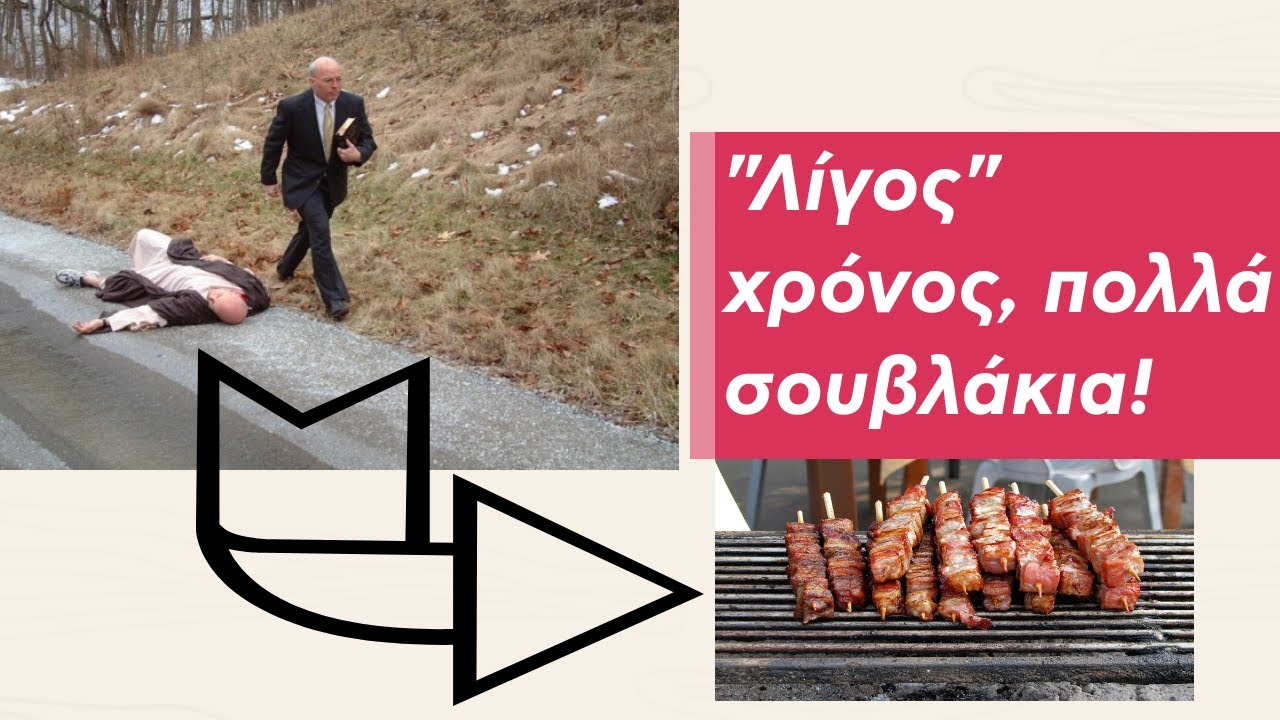

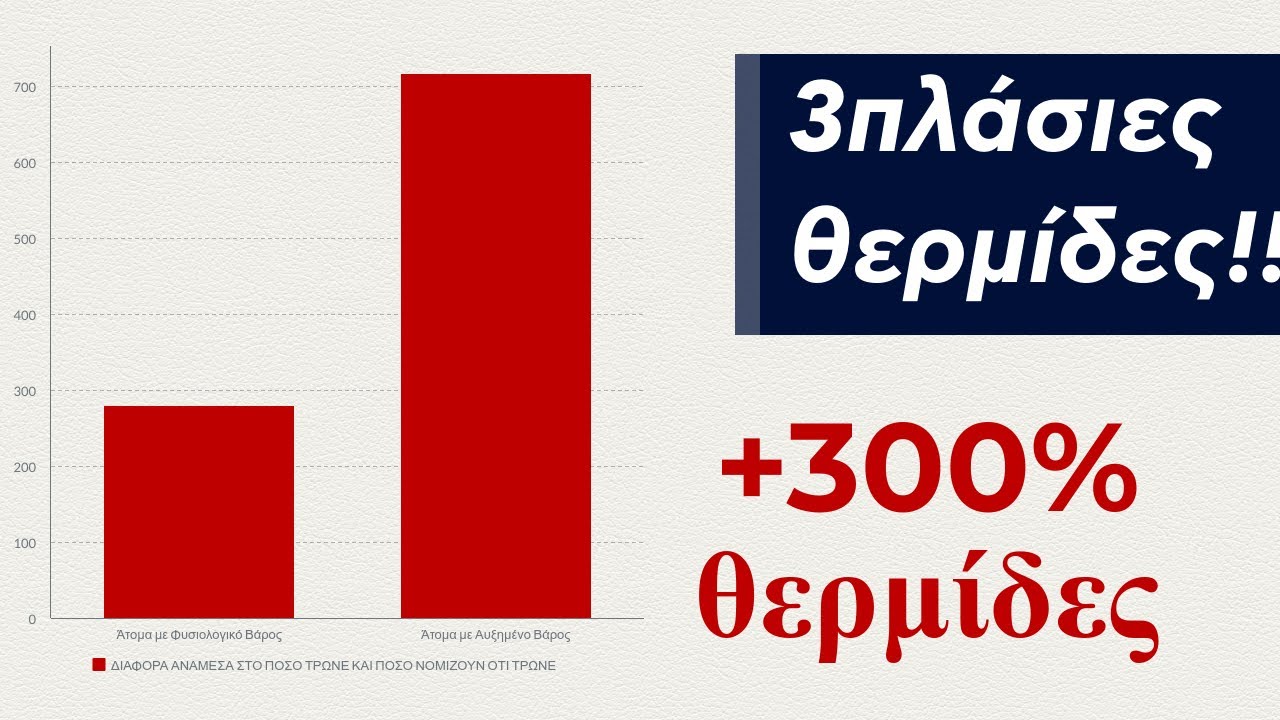
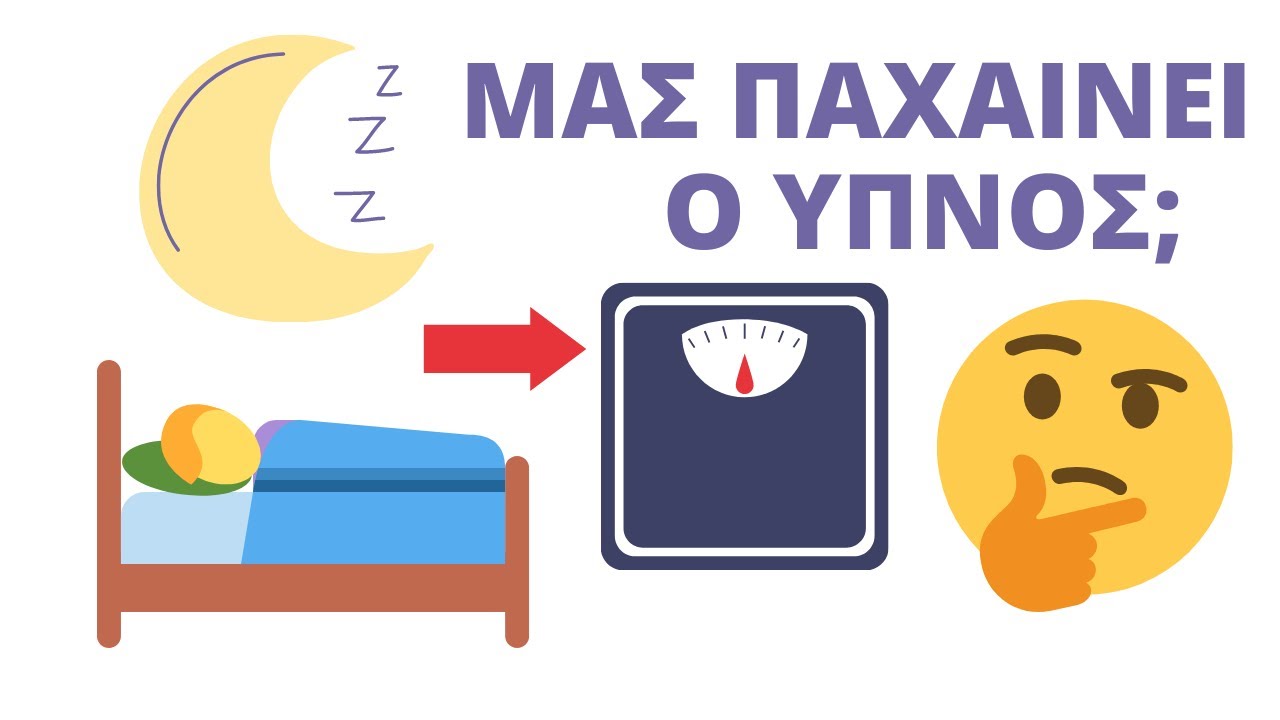

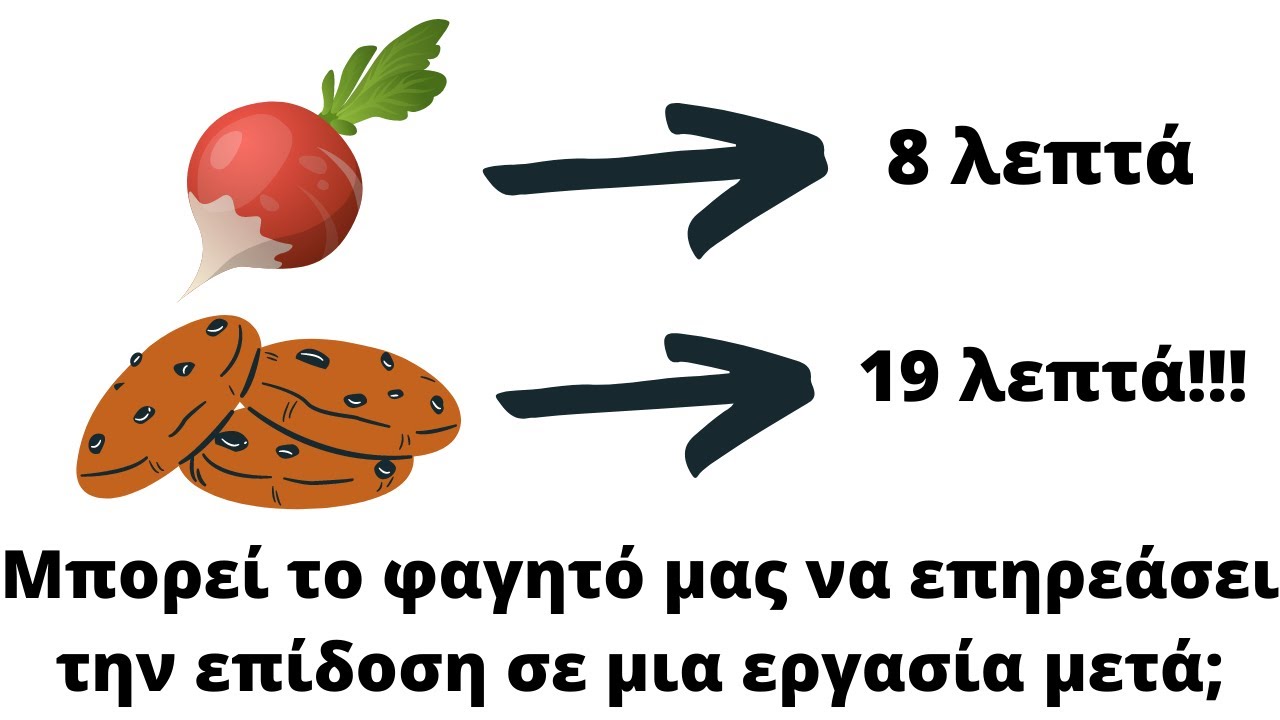

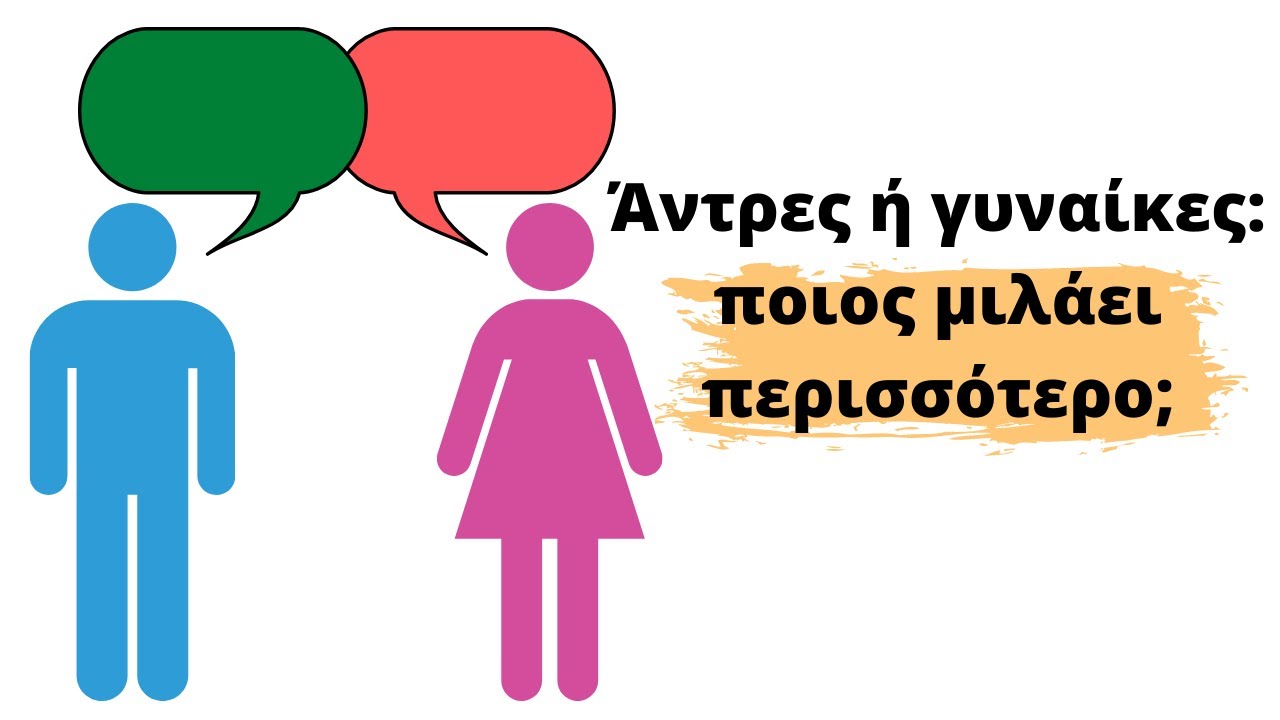

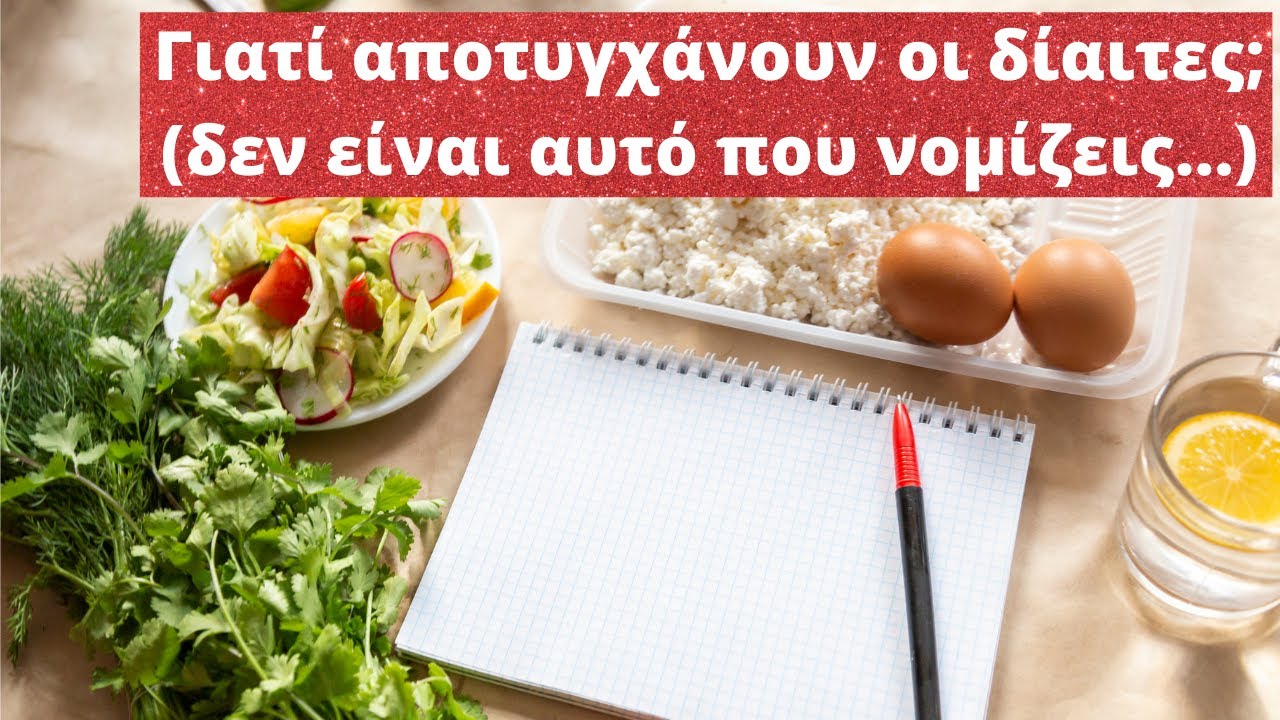

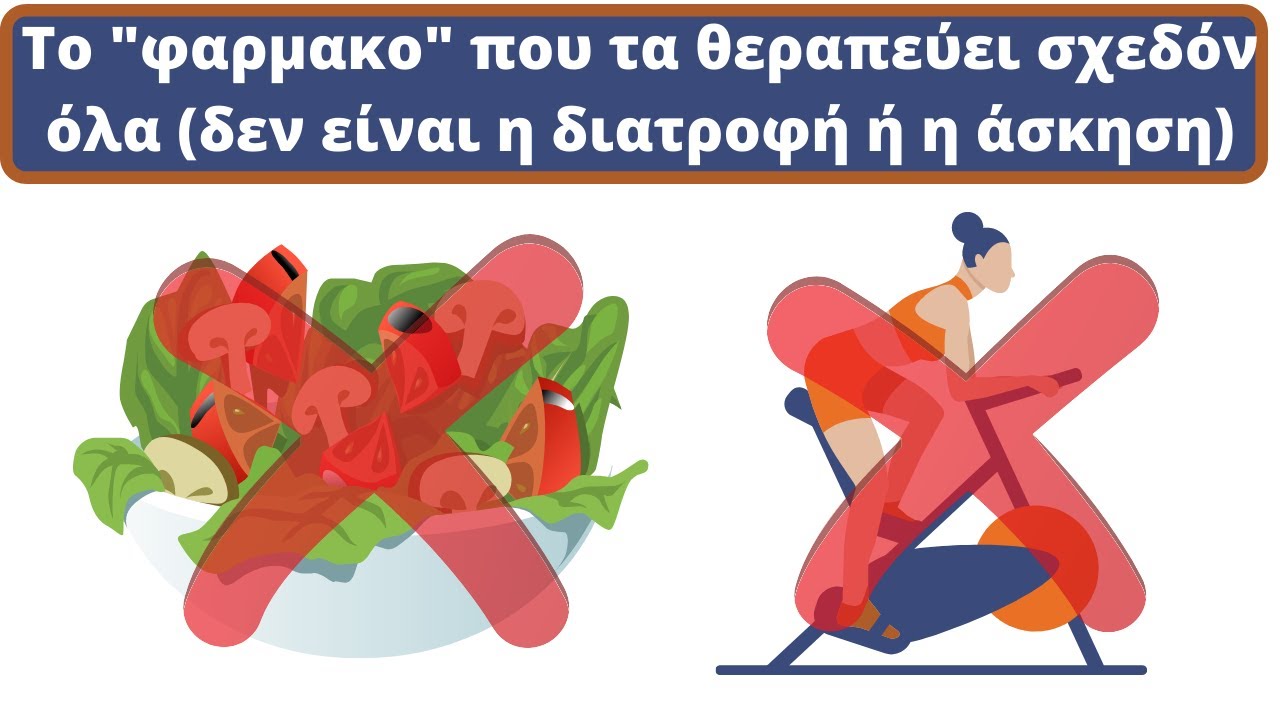
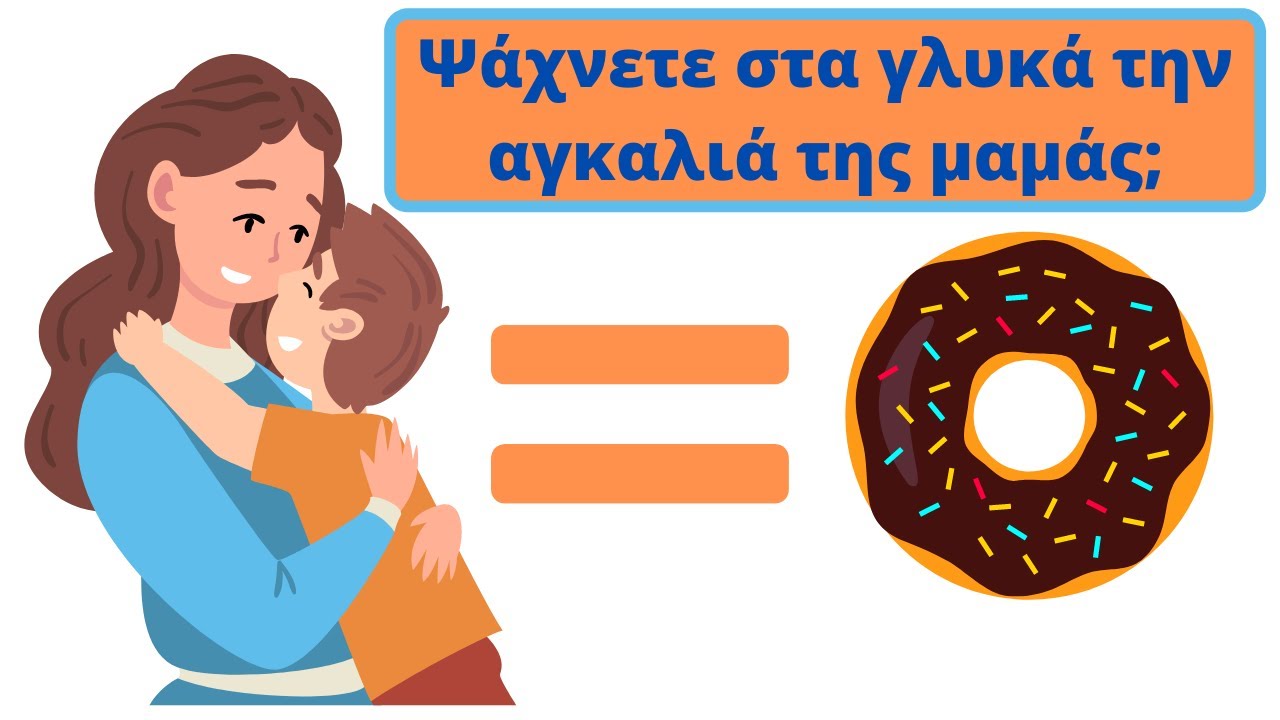
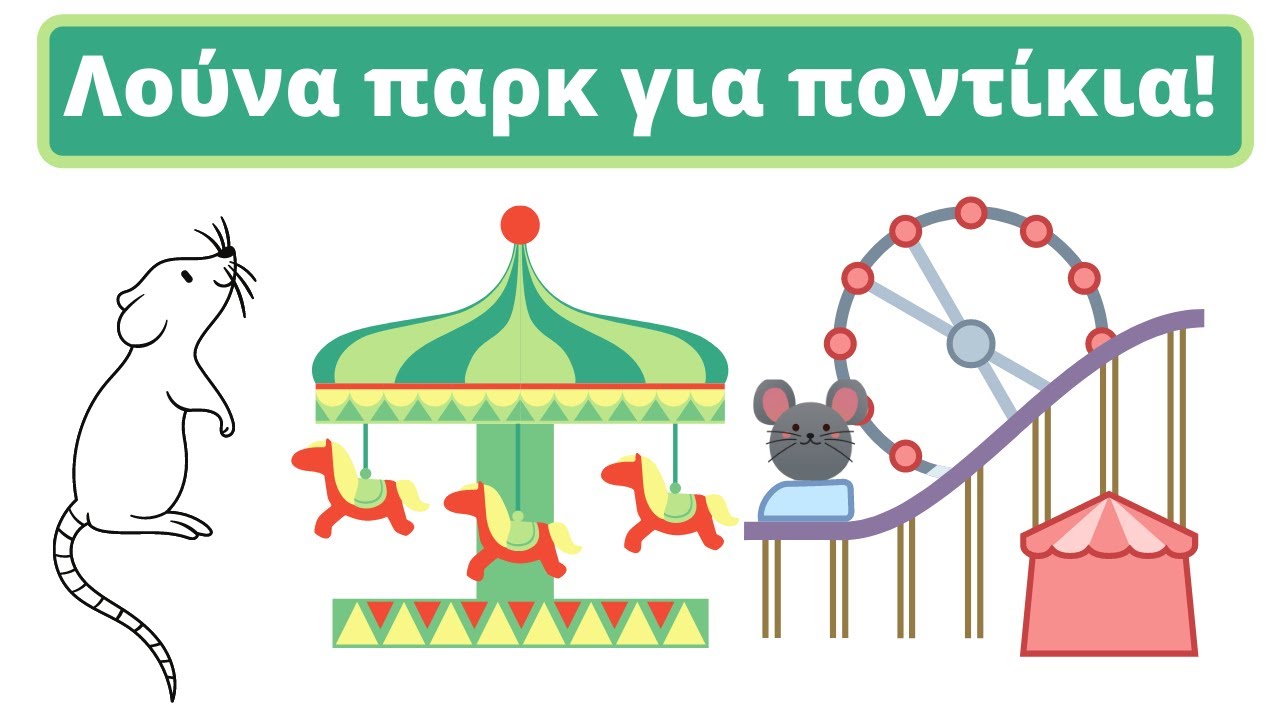
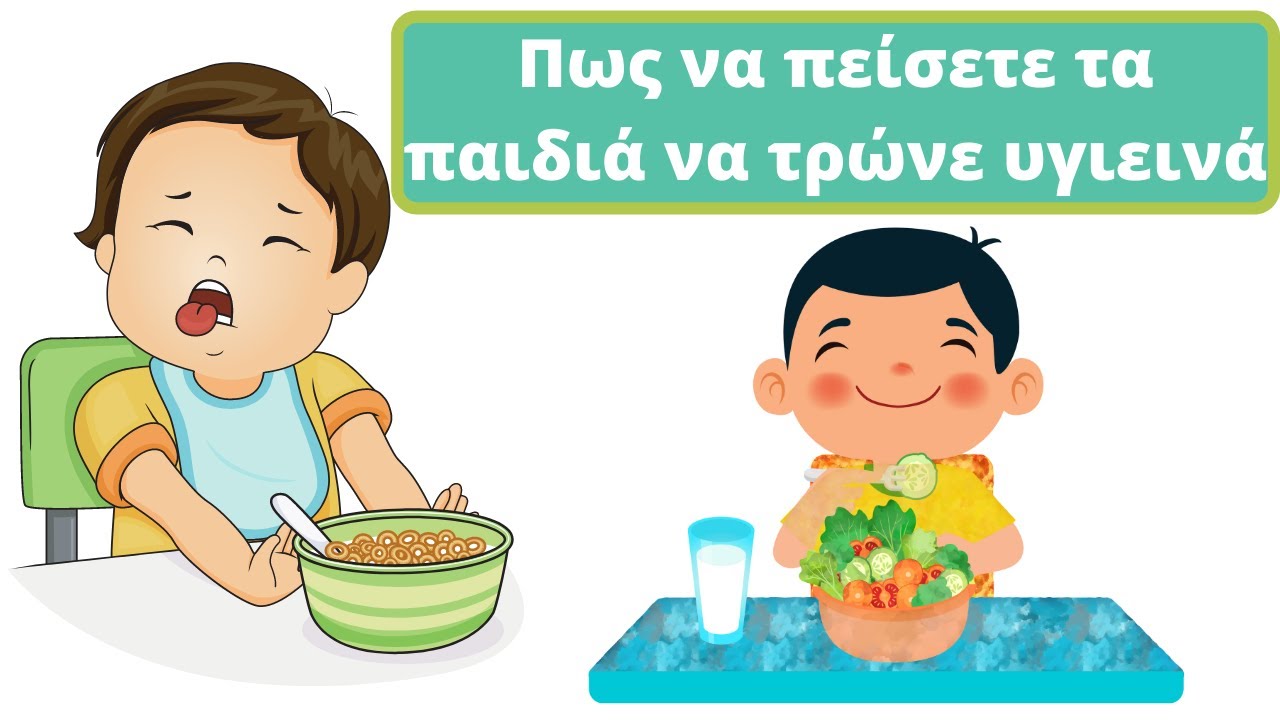
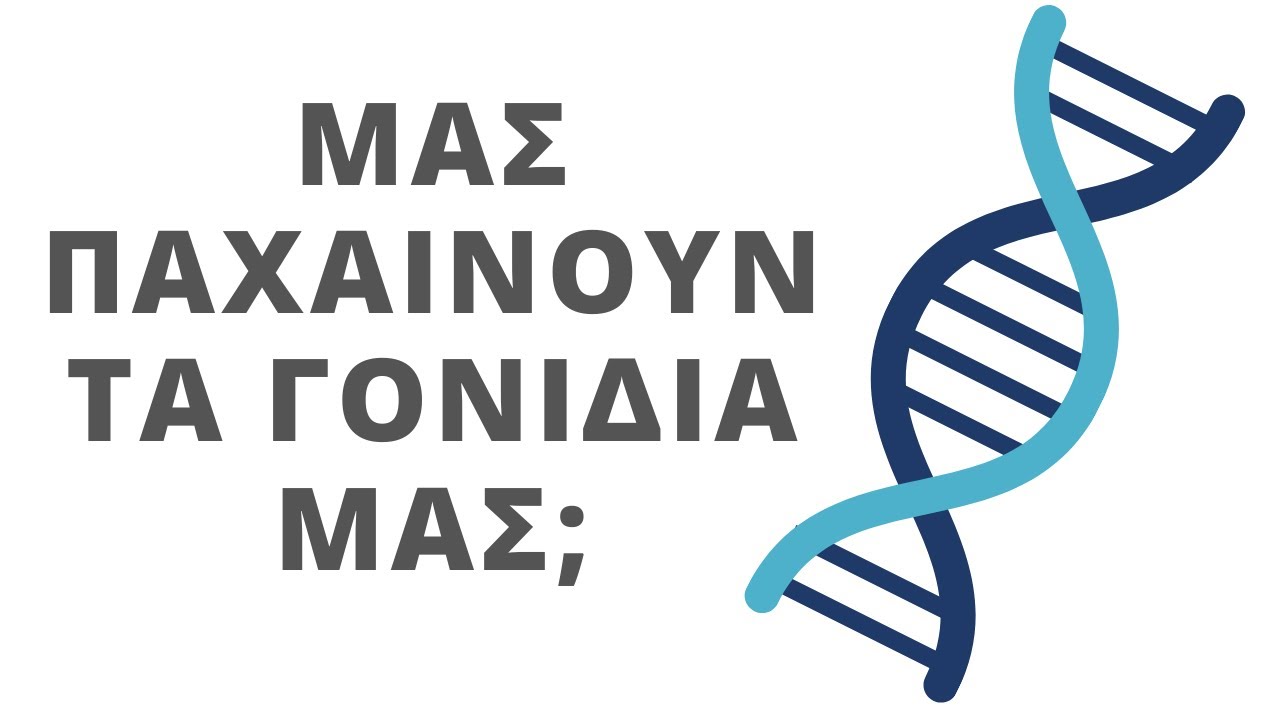
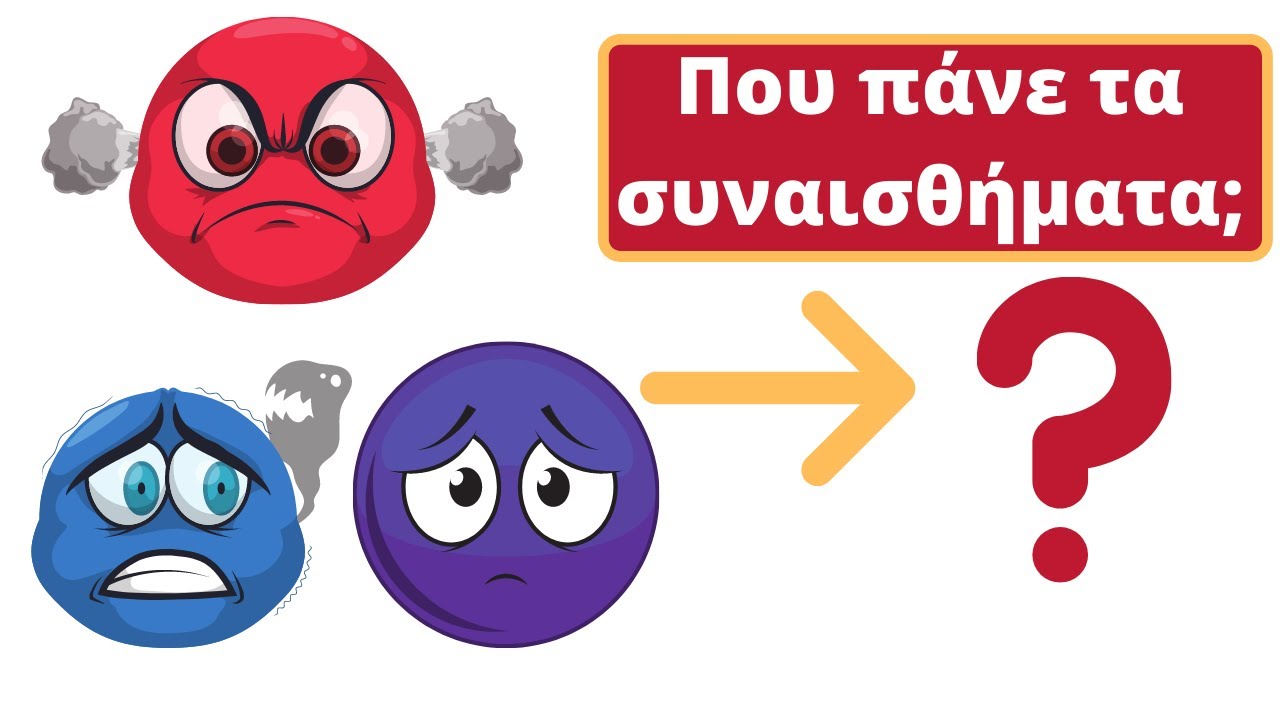
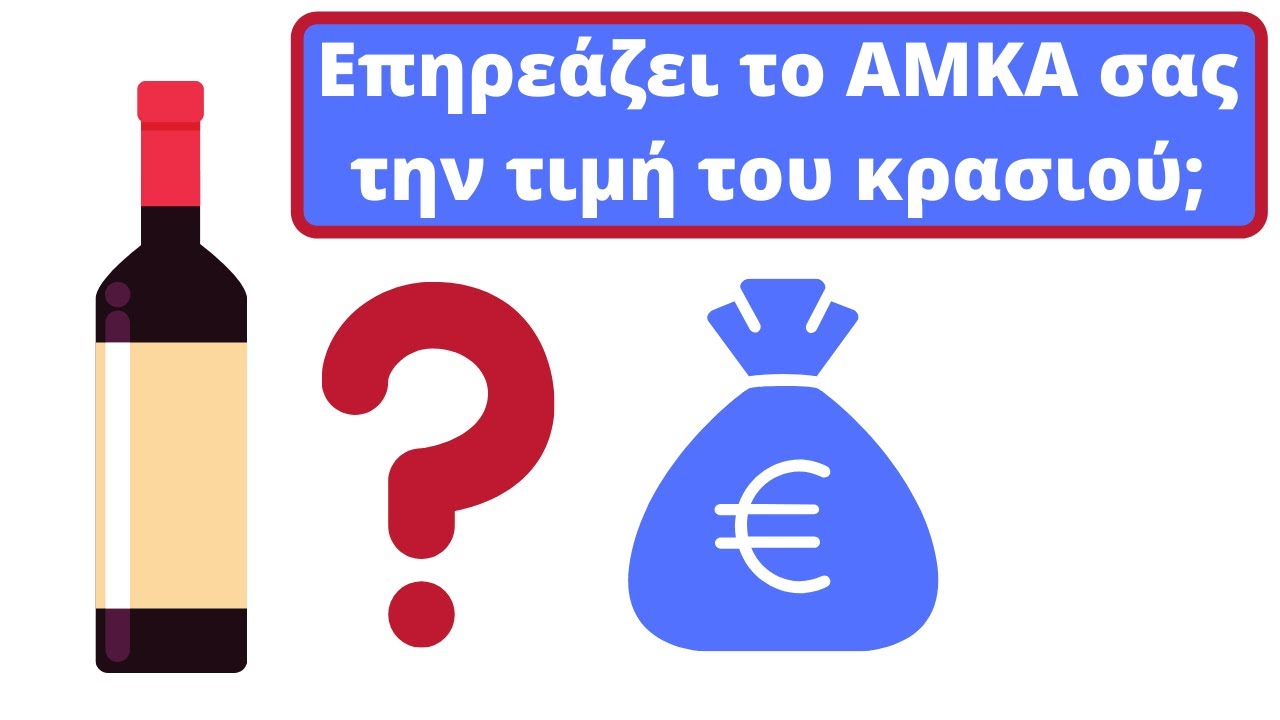
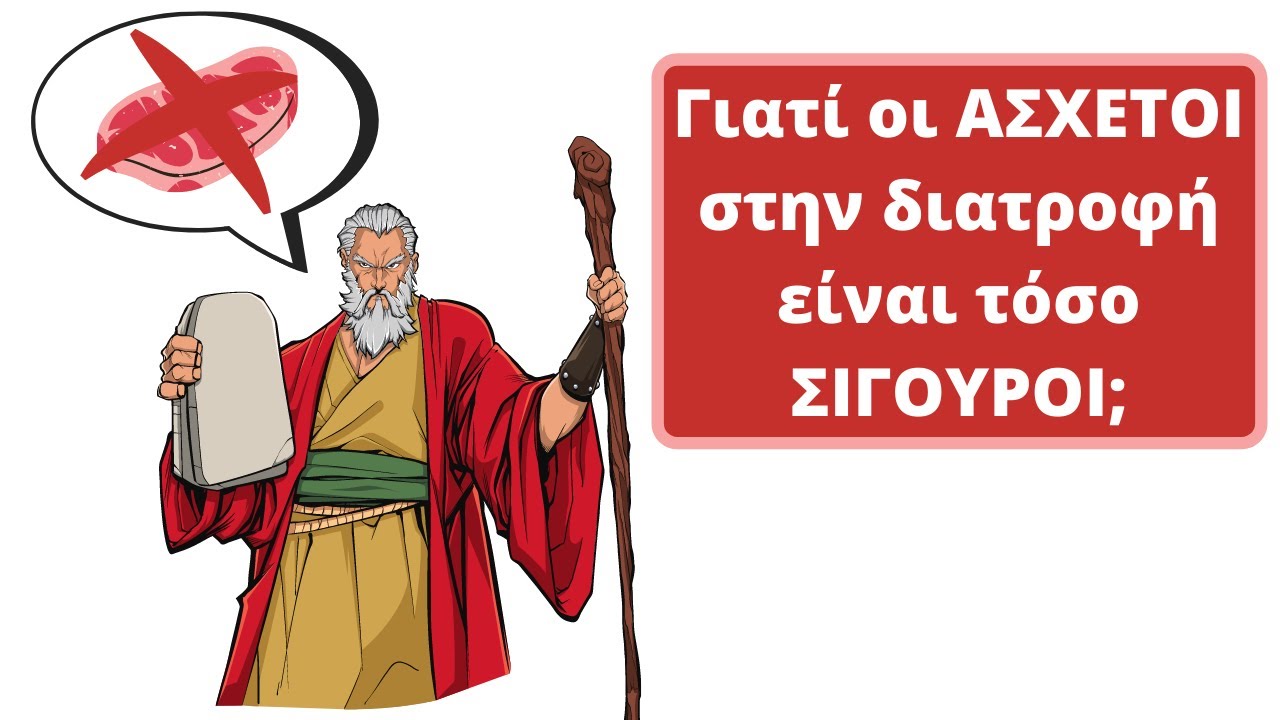

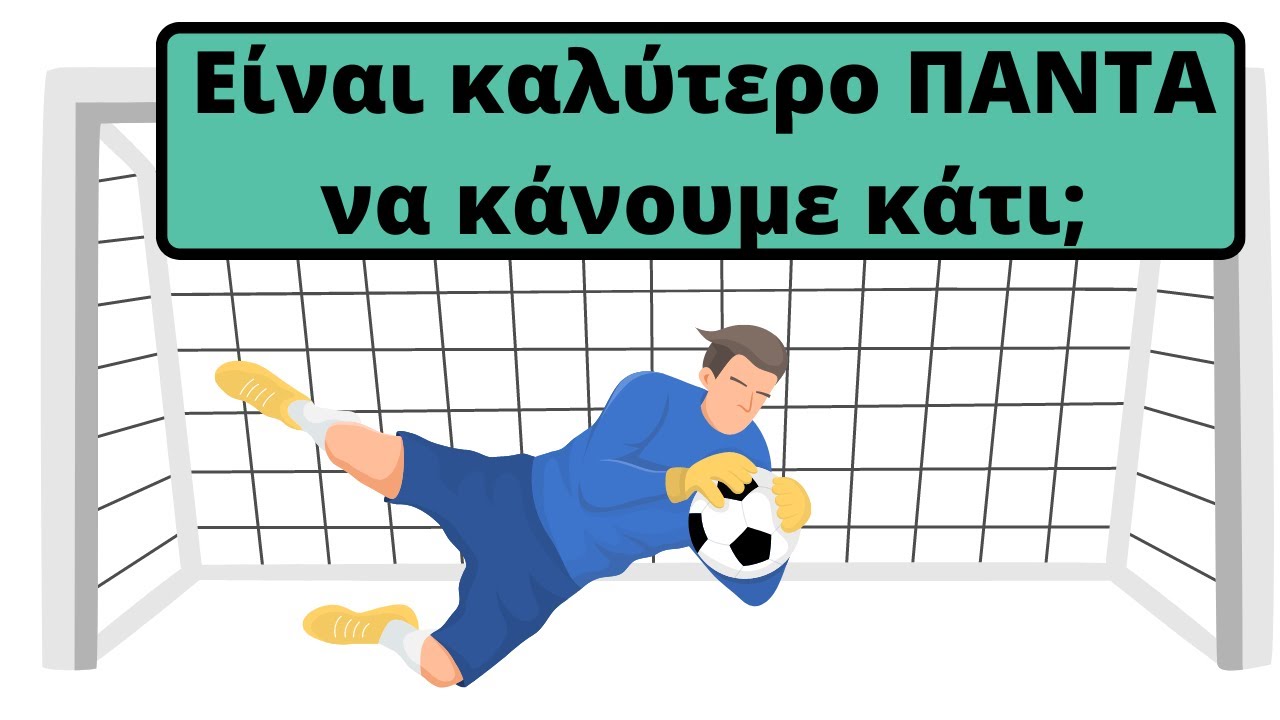


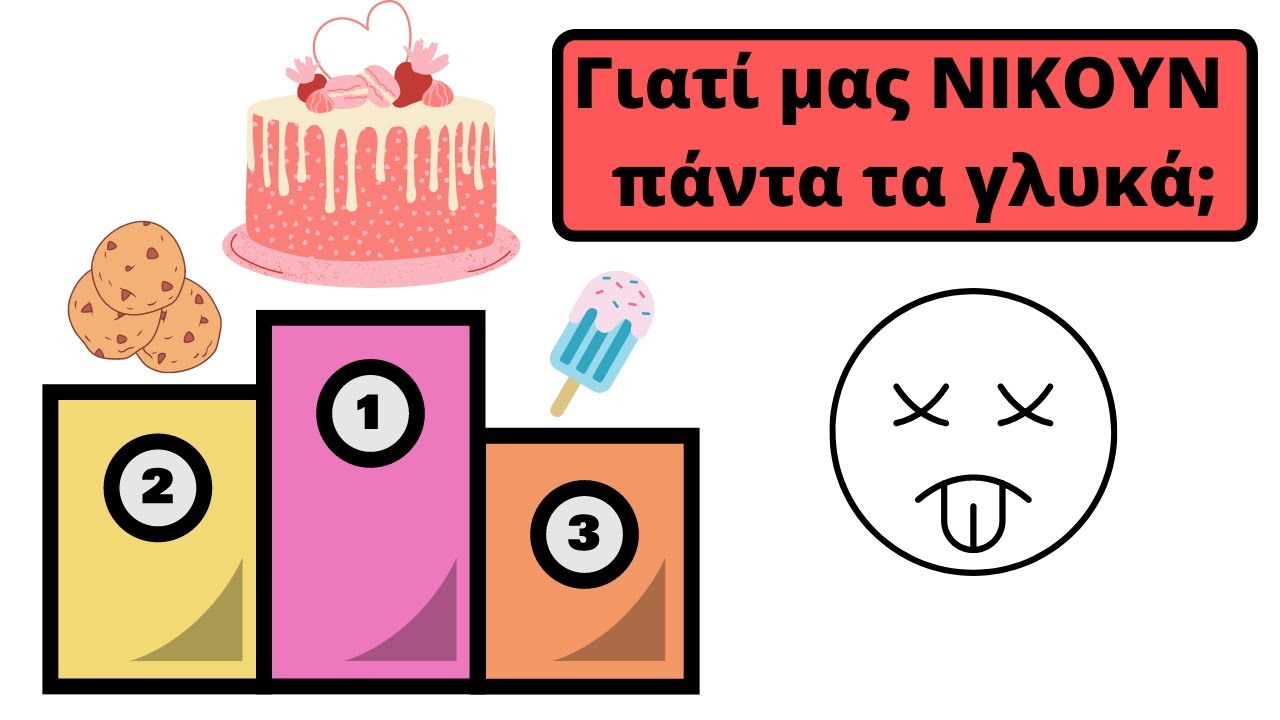
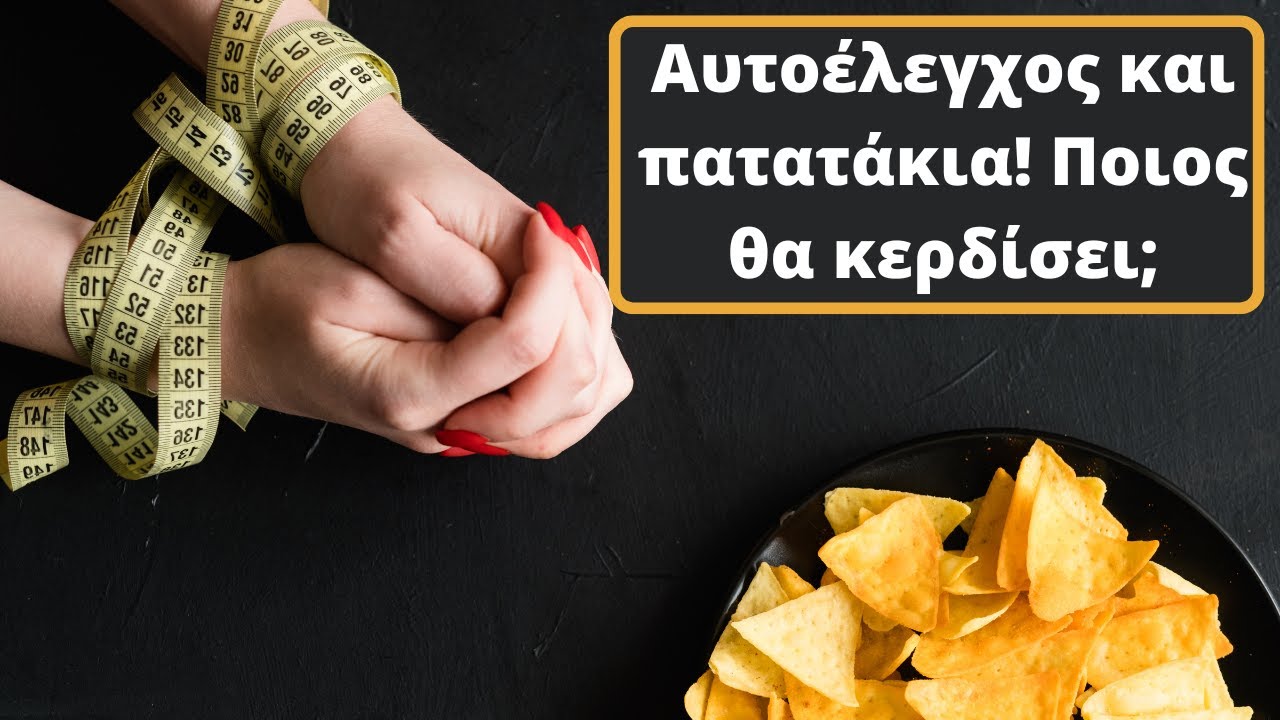


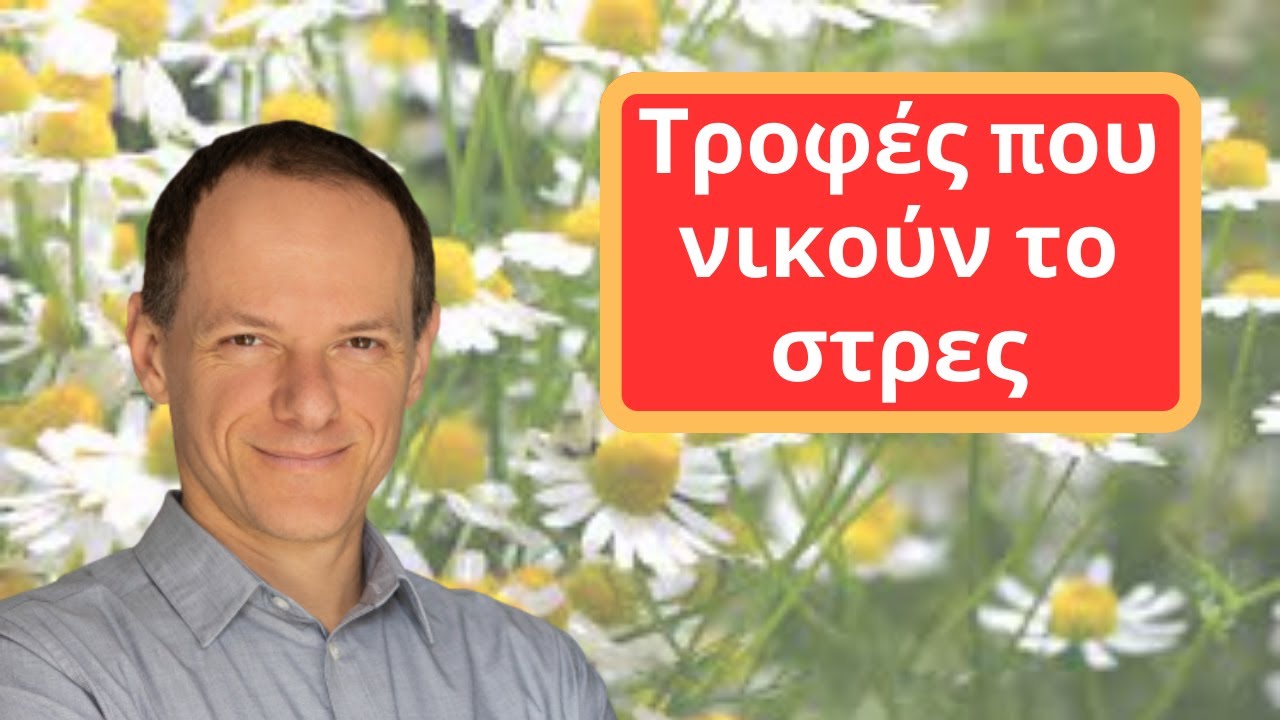
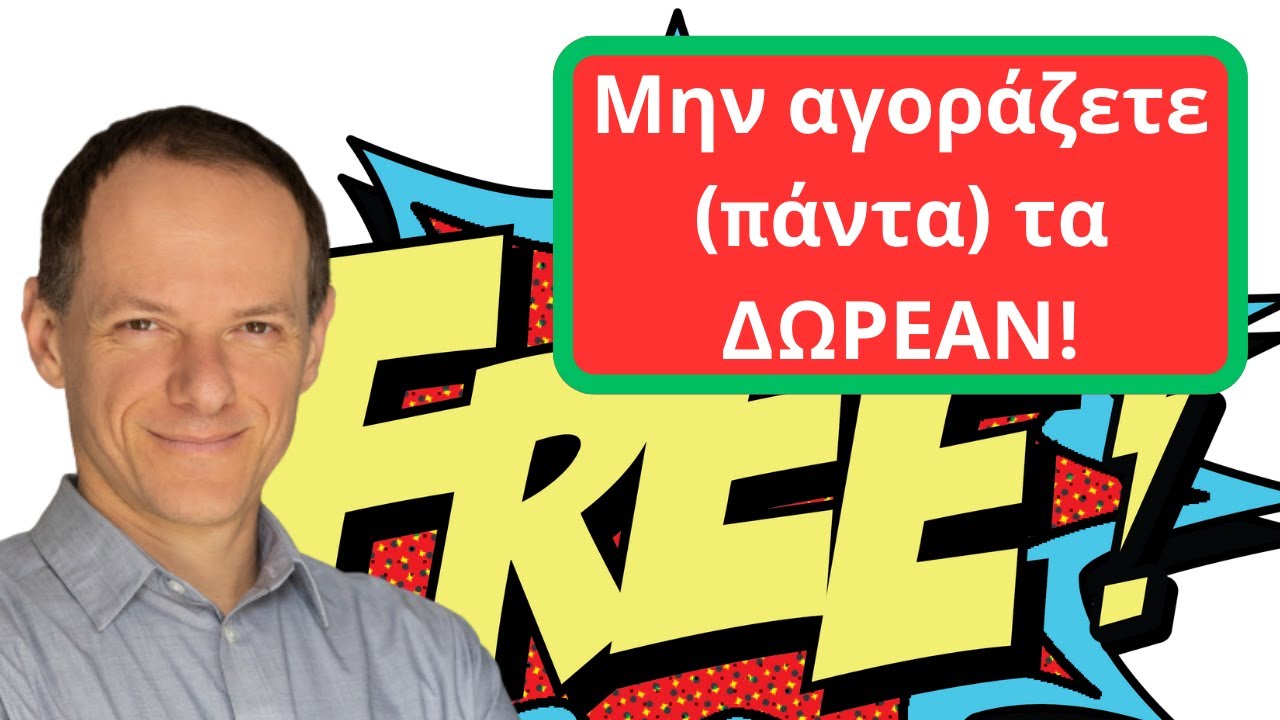
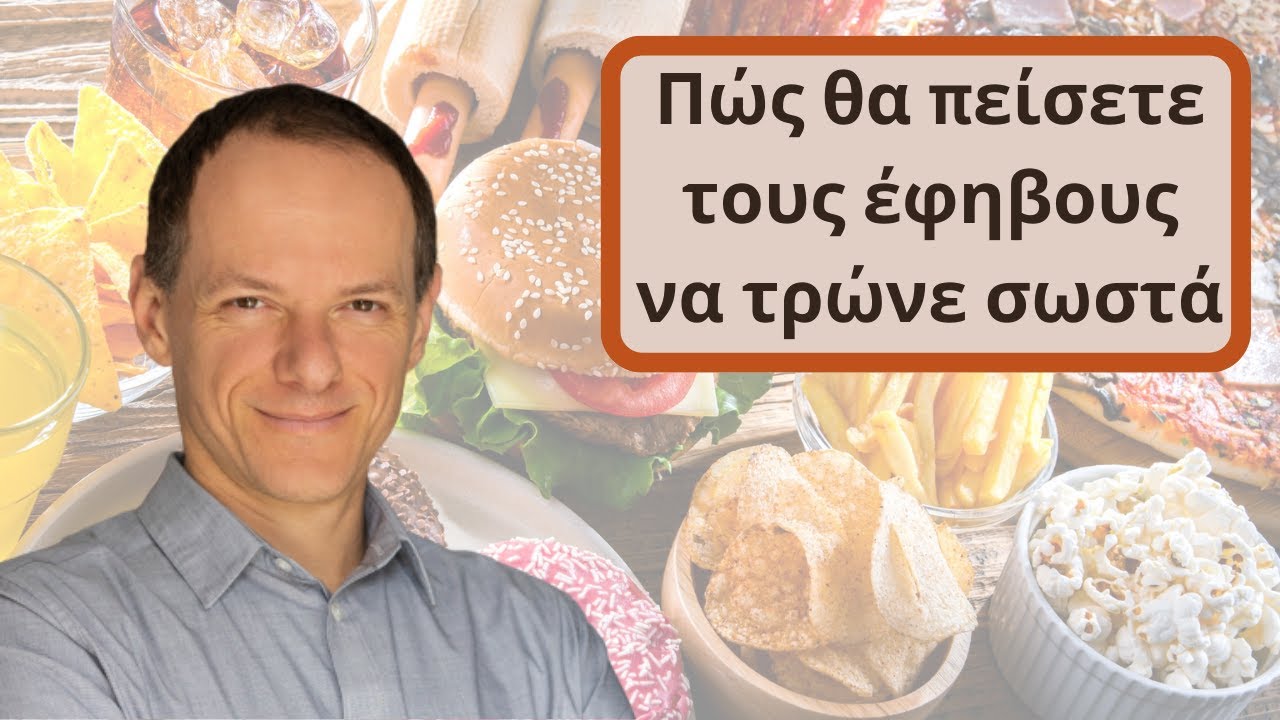
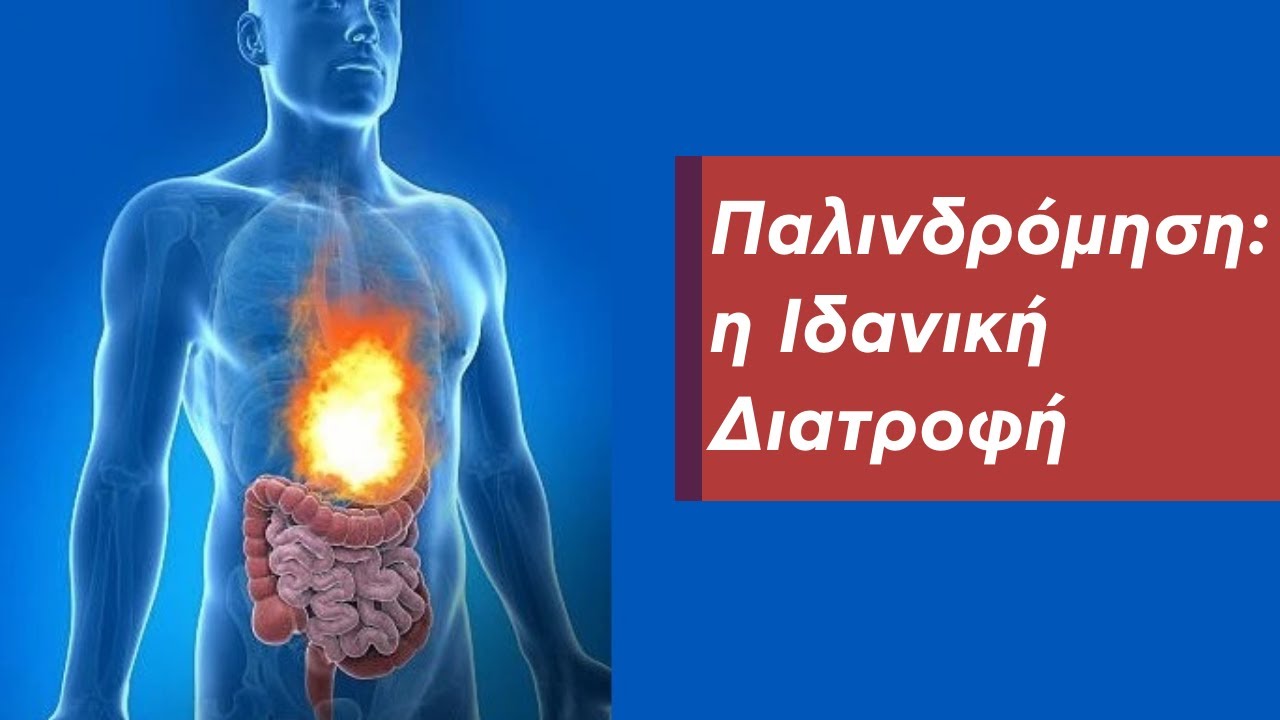
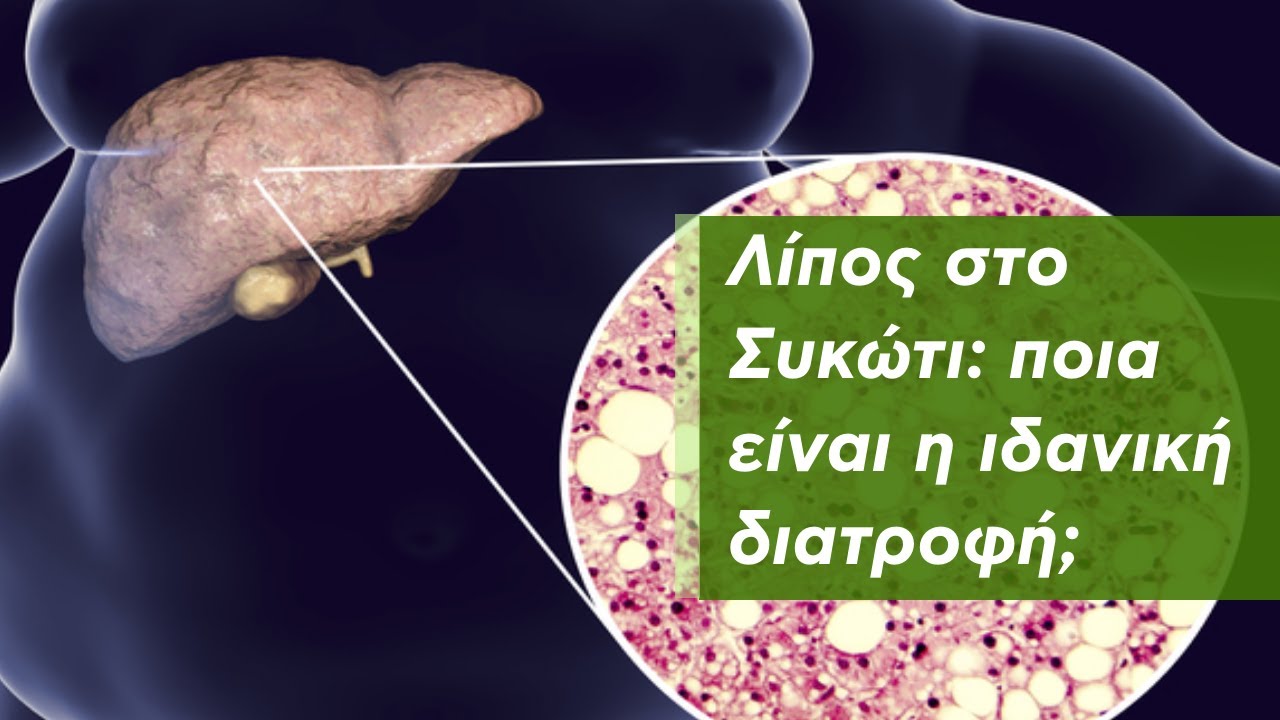
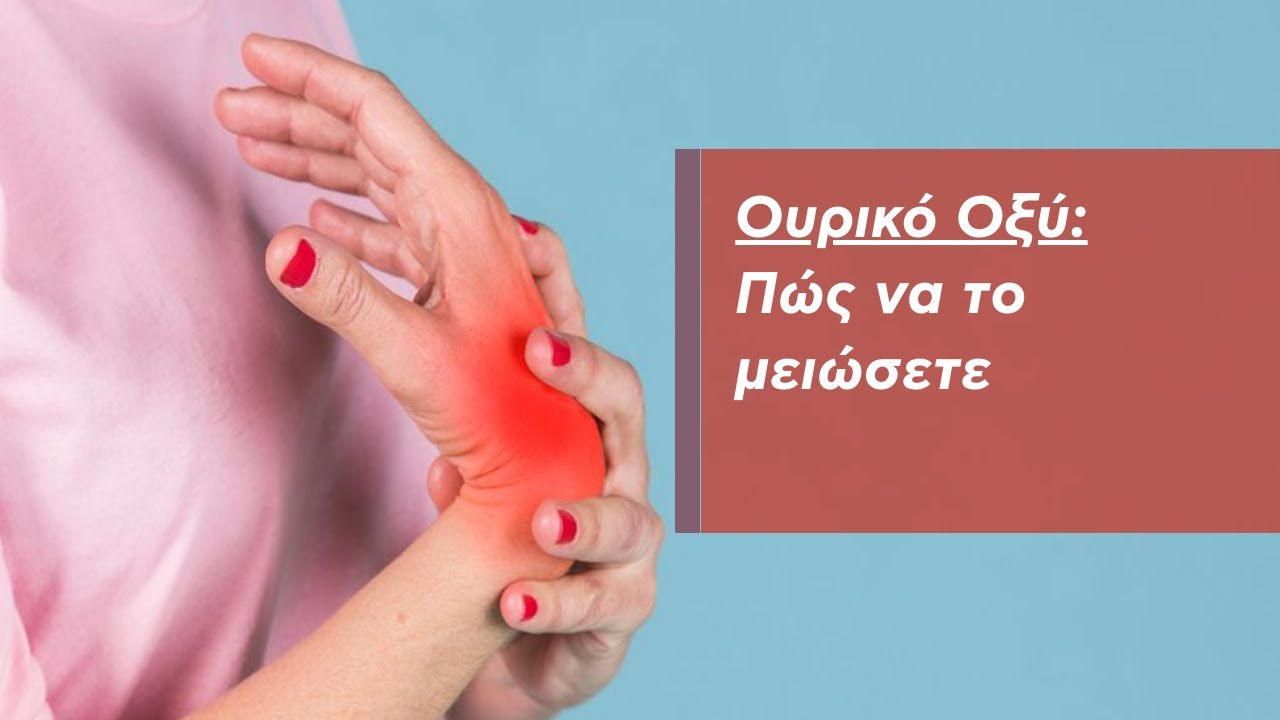
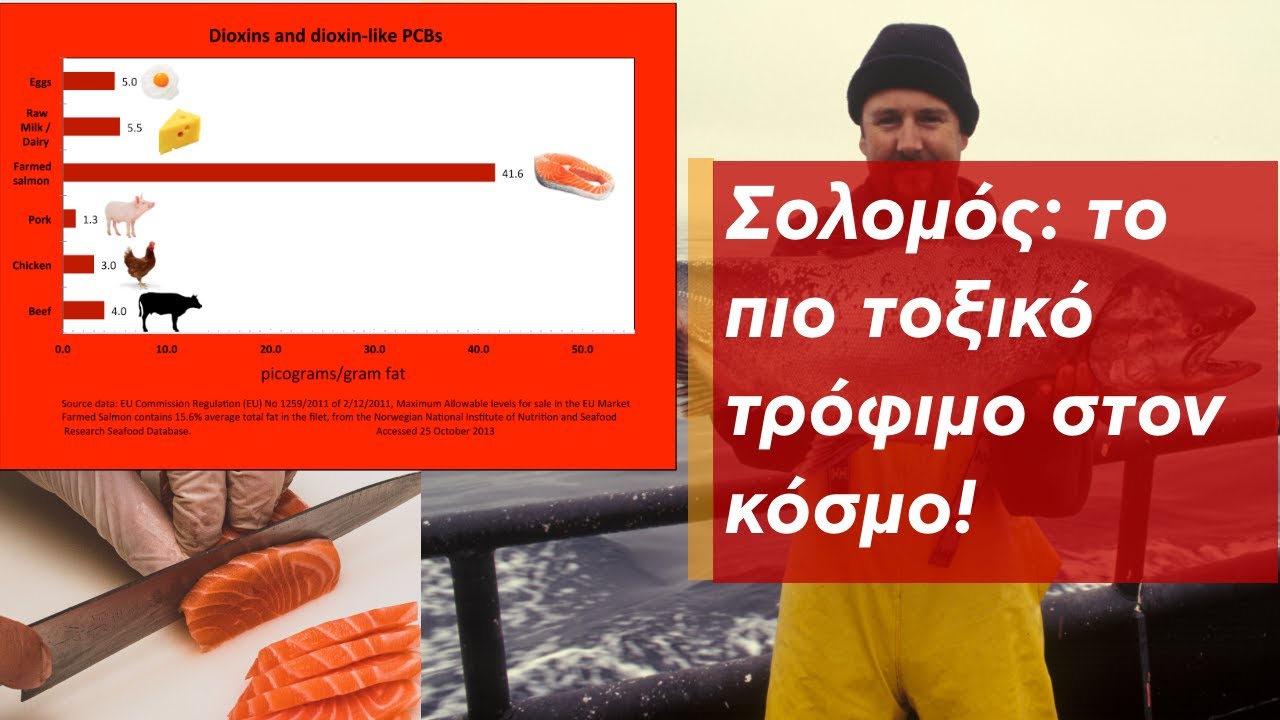

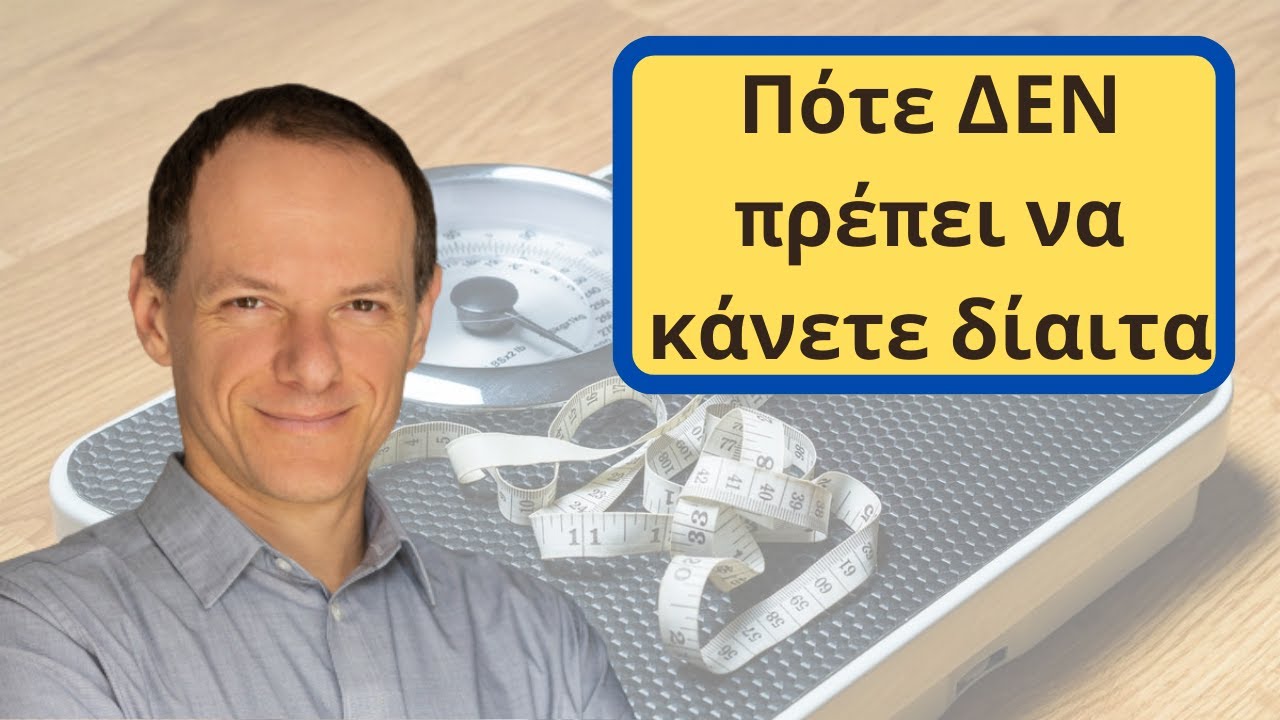

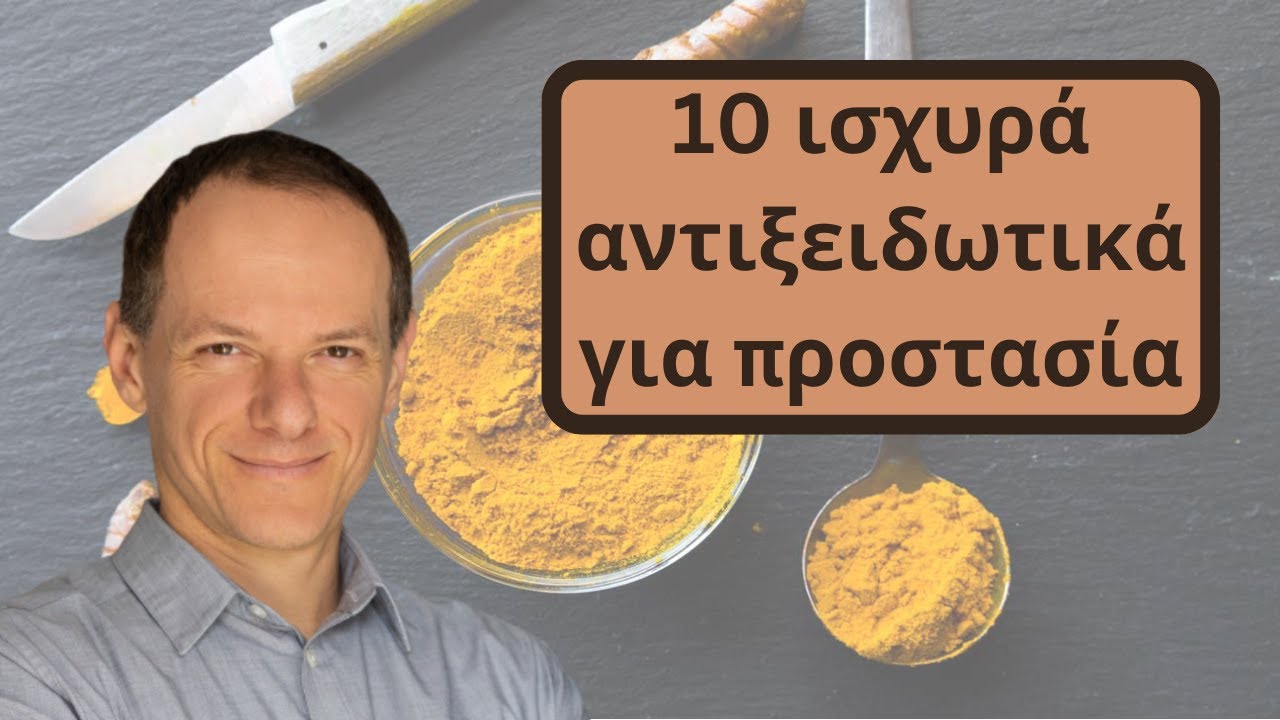
0 Σχόλια